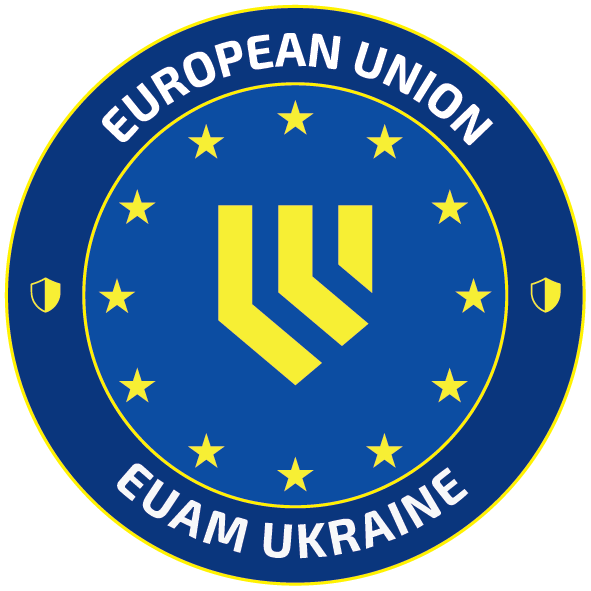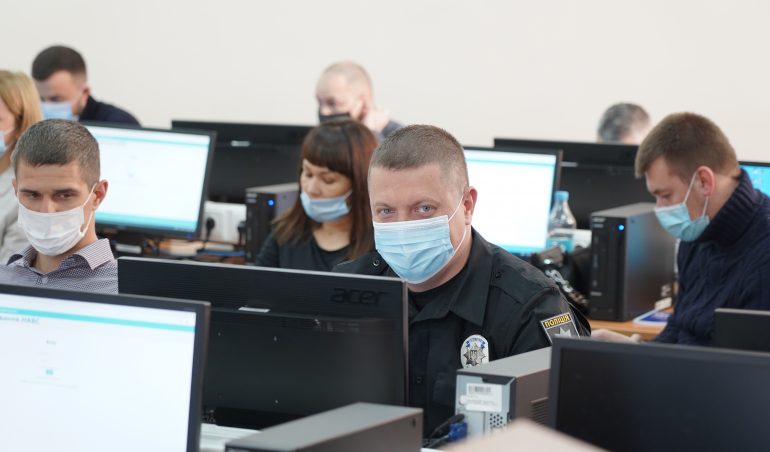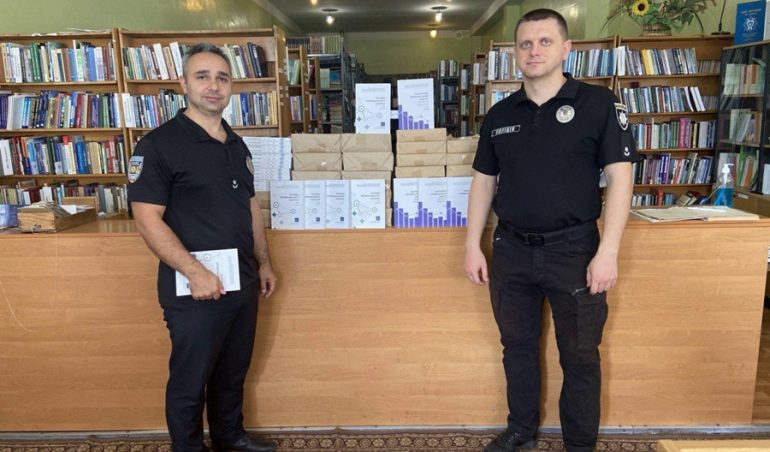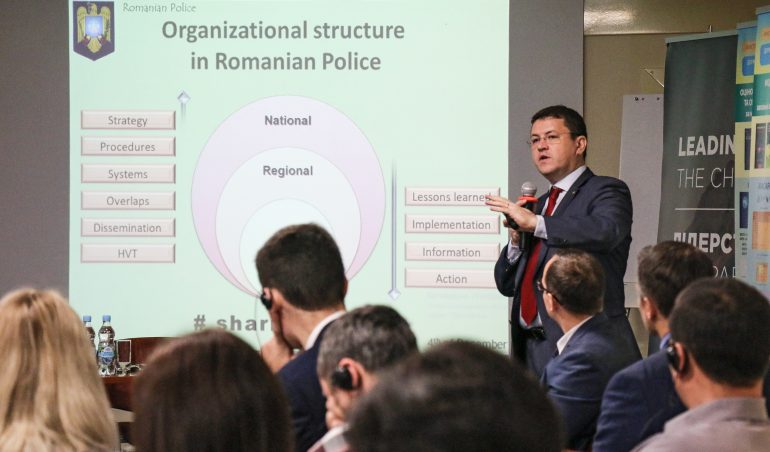Intelligence-led policing: the cutting edge of modern law enforcement
February 23, 2017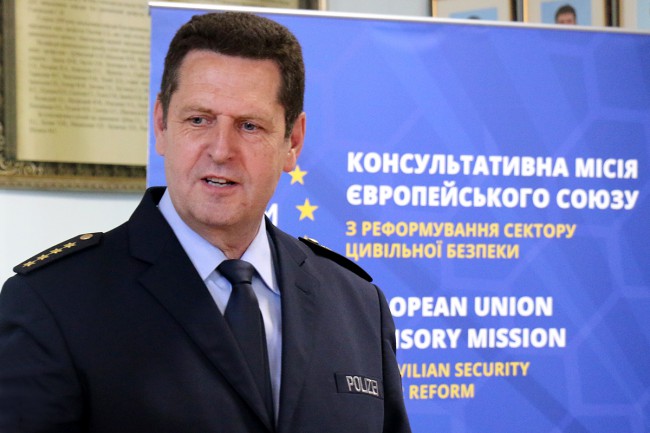
The European Union Advisory Mission Ukraine is this week in the middle of delivering three weeks (in total) of joint analytical training (or ‘intelligence-led policing’) to officers from the National Police of Ukraine (NPU), the National Anti-Corruption Bureau (NABU) and Kyiv Police Academy, together with Romanian trainer-analysts. The training focuses on topics such as operational analysis, analytical software, tactical analysis, GIS usage, strategic analysis, open source analysis and risk assessment. EUAM Head of Operations Udo Moeller elaborates here on the concept of intelligence-led policing.
Most people associate intelligence with the work of the secret services – why is it relevant for police work?
You are right – intelligence has that classical security-service meaning, involving secret surveillance activity, but in policing it has a much wider and deeper meaning. Within police forces, the word ‘intelligence’ is concerned more with criminal analysis. To give you a specific definition, ‘intelligence’ means information plus analysis. If we think of information as the raw product, intelligence is what we get after the raw product is processed and subsequently used as a crime-fighting and prevention tool. In the European Union intelligence-led policing is embedded in policing strategy, and many crimes are solved using an intelligence-led policing approach.
Ok, so intelligence-led policing is how the police uses information it receives?
Yes, but again, it is much bigger than that. It is a whole philosophy or business model. It is actually the cornerstone of modern-day policing. It shifts the focus of policing from reactive to proactive and preventative, ensuring that crime fighters are “one step ahead” of criminals. Information comes to the police in various forms, but that information is useless on its own – it must be collated, analysed and disseminated. The analysis and interpretation of this information then informs police reaction and policy, and allows the police to target resources where those resources are needed most. This is otherwise known as ‘risk analysis’ and this is also central to intelligence-led policing.
Intelligence-led policing really allows us to see the bigger picture, by identifying trends and patterns, by linking crimes, objects, persons, attributes, locations, and through criminal analysis. The evolution of information technology is also important to mention, because this has allowed data to be collected and processed much more easily. Information that flows from people in communities is one of the major parts of intelligence-led policing, so that is where it overlaps with community policing. In fact, community policing cannot function properly without an intelligence-led policing dimension, and vice-versa.
So to sum up, intelligence-led policing gives police a strategic overview of crime in their jurisdiction so that they can better allocate resources to the most pressing crime priorities, and ensure that people are protected by an effective police force. By the way, intelligence-led policing does not replace other methods of criminal investigation; it enhances them.
But what’s the end goal with intelligence-led policing, and why is it needed?
Well, you must remember that there is not enough police to cover all possible instances of crime; therefore a careful examination of trends, based on real data, is needed before targeting one’s resources. By using intelligence-led policing you also cut down on costs, and because efforts are based on actual trends, more time is spent actually preventing crime and officers are freed up to take on other duties and support colleagues. The end goal is fairly simple: to reduce the crime rate, and keep people safe. Intelligence-led policing is a philosophy not only of the police; other law-enforcement agencies use it too. The National Anti-Corruption Bureau of Ukraine is taking part in this week’s EUAM training, for example. The State Security Service, State Fiscal Service, and State Border Guard Service are among other agencies that have use for it.
Does intelligence-led policing exist in Ukraine, and how is the National Police implementing it?
Intelligence-led policing is not fully practised in Ukraine in the way it is in EU countries, but it does exist to a certain extent. Some units within the National Police of Ukraine operate according to some intelligence-led policing principles, but it is not yet part of the institutional culture of the police. EUAM is working closely with the NPU to ensure that the police’s analytical capacities are improved.
What has EUAM done in this regard and what plans does it have?
EUAM has been delivering strategic advice on intelligence-led policing for some time now. The Mission is also organising training, study visits, and providing equipment and software. We have engaged the police academies on the matter and recommended that standardised criminal analysis training be integrated into the education curriculum. Looking to the future, we would like to see the analytical capabilities of the National Police coordinated and standardised. This applies to other law-enforcement agencies too, not just the NPU. This means that a road map and strategy for intelligence-led policing (or intelligence analysis) should be developed, firstly in the NPU. We also believe that all police officers should have an intelligence-led policing “mentality” – and this of course starts with what is passed on to students police officers in the academies.
